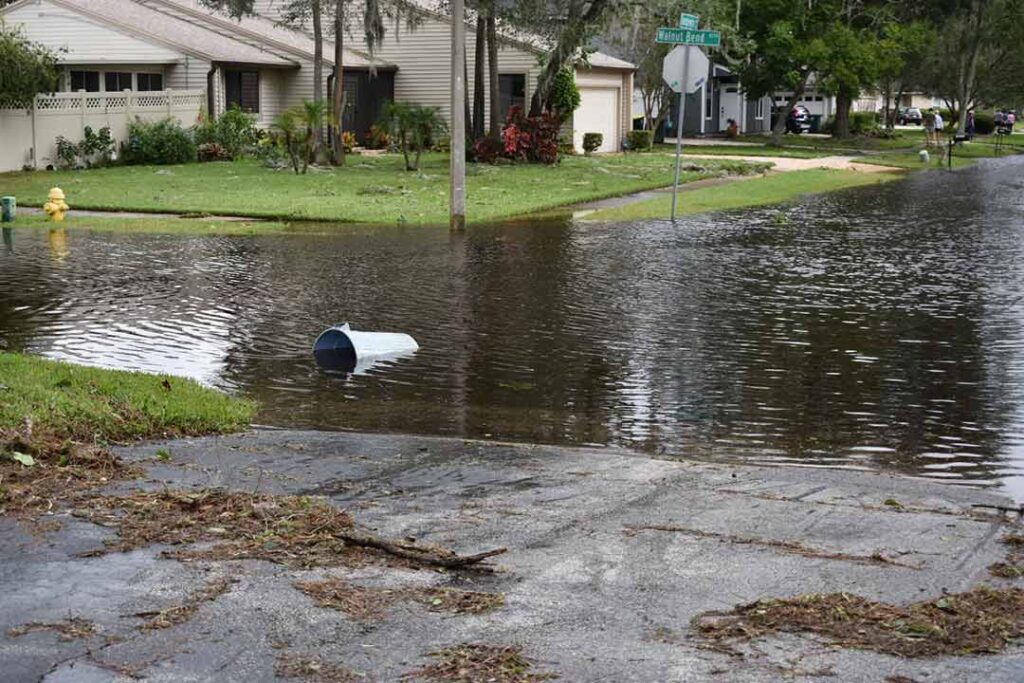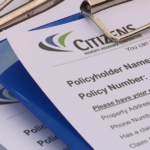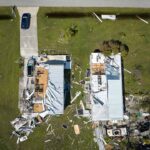When it comes to insurance and hurricanes, an old adage comes to mind.
“The best time to plant a tree was 20 years ago. The second best time is now.”
The point being: Now is the perfect time to go over your insurance policy. It’s vital that you understand the details of your policy and what it does, and does not, cover. Remember, if Florida is under a hurricane watch or warning, it will probably be too late to purchase insurance. Make decisions about what types of insurance to buy far in advance of a storm.
Here are some points to keep in mind about insurance:
The best time to purchase insurance is before the storm. This way you can get coverage for what’s happening now, and not after when costs are higher.
It’s a good idea to choose an insurer “who knows Florida” when selecting your company for insurance. Some insurance companies have policies specifically for hurricane coverage.
Be sure to ask questions about what will be covered in the event of a storm or other natural disaster when you’re shopping for homeowners and renters insurance. Remember that there may not always be clear answers right away so it’s important to do your research before making any decisions on what type of policy will work best for you.
Windstorm insurance typically carries a much higher deductible than other coverage. Some people might not have enough coverage for damage to their property. Understanding your policy can help you make any necessary adjustments in the future, should a hurricane hit.

What if I don’t purchase windstorm insurance?
If there is any chance that Florida will be hit by a major storm, it’s important to consider all of the risks. Windstorms carry high deductibles and can lead to other unanticipated costs that could overwhelm some homeowners before they know what happened. Understanding your policy early on allows you time to review or adjust the terms of your contract should an emergency occur later down the line.
How to protect your policy documents
If you like to keep a hard-copy of your documents, we recommend getting a plastic folder and putting all of your important documents in there. We recommend a plastic folder because it will provide an extra layer of protection should the folder get wet from wind-driven rain. This way, you can take your insurance documents with you if you leave the area because of the storm.
One of the best ways to keep all of your important documents at-hand and easily findable is to scan your documents into your computer and then email them to yourself. You can have a special email account for this or just save them to a folder on your main email. This method has its benefits and it also has its drawbacks.
The main benefit is that your documents can’t be physically lost or destroyed by a hurricane because they’ve been digitized. So long as you don’t delete the emails, you’ll have them where you can forward them to anyone who may need them if you have to, although your insurance agent will also have a digitized copy.
Coverage cannot be issued when a tropical storm or hurricane is watch or warning for part of Florida.
A new home insurance policy can’t be issued when a there is a tropical storm or hurricane watch or warning, so if you’re thinking that you can wait until one has made landfall, you have another thing coming.
Home insurance carriers will impose something called “binding restrictions” which means that they will temporarily suspend any and all new policies until the storm is either passed or they determine that there isn’t any present danger from the storm.
Consider purchasing flood insurance, which is separate from homeowners insurance.
Many people don’t know this, but flood damage is not covered under the standard homeowners policy.
Home insurance is a type of insurance that covers the insurable buildings on your property, which means it protects you in case something happens to your house for example.
Some people think that home insurance and flood insurance are the same but they’re not.
Flood insurance comes into play if flooding has occurred like when there’s a hurricane and flooding happens because of the heavy rain.
Everyone (and we mean EVERYONE) lives in a flood zone in Southwest Florida. Period. You may not live near the water in Southwest Florida, but you still live in a flood zone. Floods can happen to anyone and often times are caused by overflowing drainage systems.
You can purchase flood insurance regardless of your flood risk as long as your community participates in the National Flood Insurance Program. A maximum of $250,000 of building coverage is available for single-family residential buildings and per unit in a condominium. Commercial structures can be insured to a limit of $500,000.
One thing that a lot of people forget is that there is a 30-day waiting period before any flood insurance goes into effect.
Make certain the amount of your coverage matches the value of your home. List any steps you have taken to protect your home, such as installing storm shutters.
Understand what is covered and, in the event of a loss, whether you would receive the cash value of your belongings or if your policy specifies replacement.
When hurricane warnings are issued, the Florida Department of Financial Services is mobilized to assist with insurance and banking questions. The toll-free hot line is (800) 22-STORM
What does Homeowners Insurance cover?
Homeowners Insurance typically covers the dwelling including attached structures, certain unattached structures and your personal property.
Additional Living Expense (ALE) coverage is also normally included (subject to your policy limits). This means that, when you don’t have access to your house because it’s been damaged by events like hurricanes, then this will cover the cost for necessities such as staying at hotels or with family members while recovering from the event and waiting for repairs.
Coverage for the contents of your home is usually included in your homeowners insurance, however you’ll want to review what the limit for this is on your policy to make sure that it could cover a total loss of your home and its contents should the absolute worst case scenario play out.
Make a written inventory of the contents of your house, with photos of each room and the exterior. Keep all of it with you during the storm.
The best way to insure your belongings is with a policy that covers them for their current value. Actual cash values are based on what the item was worth at the time it went missing or became damaged, meaning you’re not covered if something goes wrong and then becomes cheaper in future.
Replacement cost coverage means that when disaster strikes, your stuff should get replaced no matter how out-of-date it gets.
As you may already know, there are special limits on certain items such as jewelry, guns, furs, and money. You should review this list found in your policy before traveling to see what additional coverage is needed if any at all.
If you have any questions about how your home insurance can cover losses or what is covered under the policy, call 239-210-7700 or you can send an email to anyone on our team directly through our website. A member of our team will be happy to walk you through it so that all of your bases are covered and you’re prepared for whatever may come!









